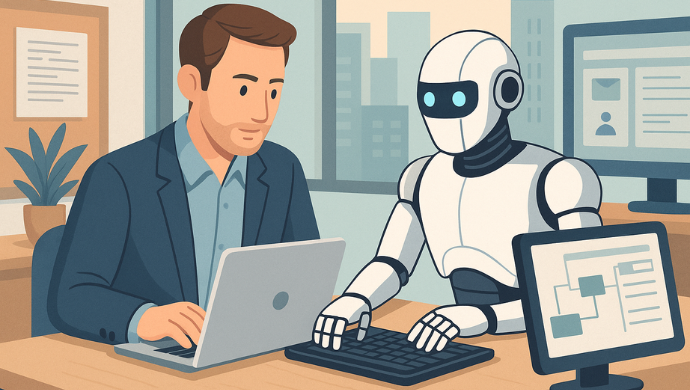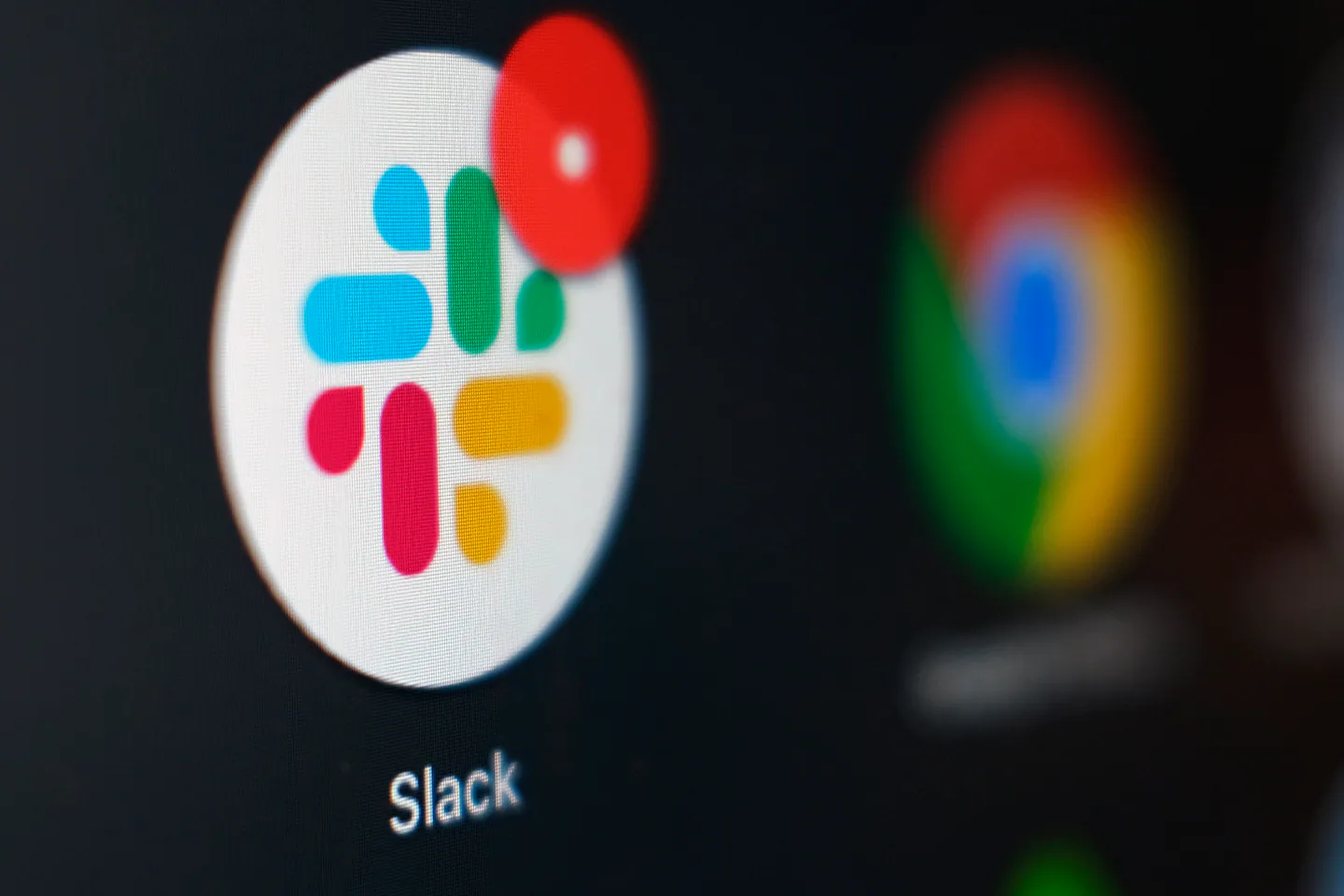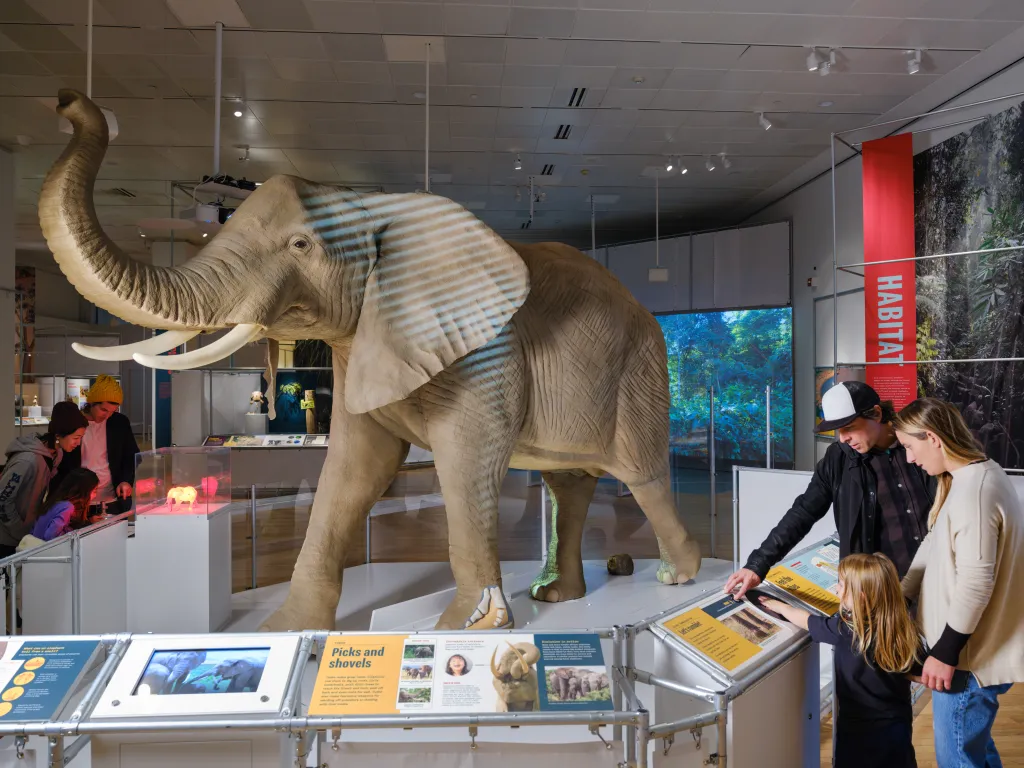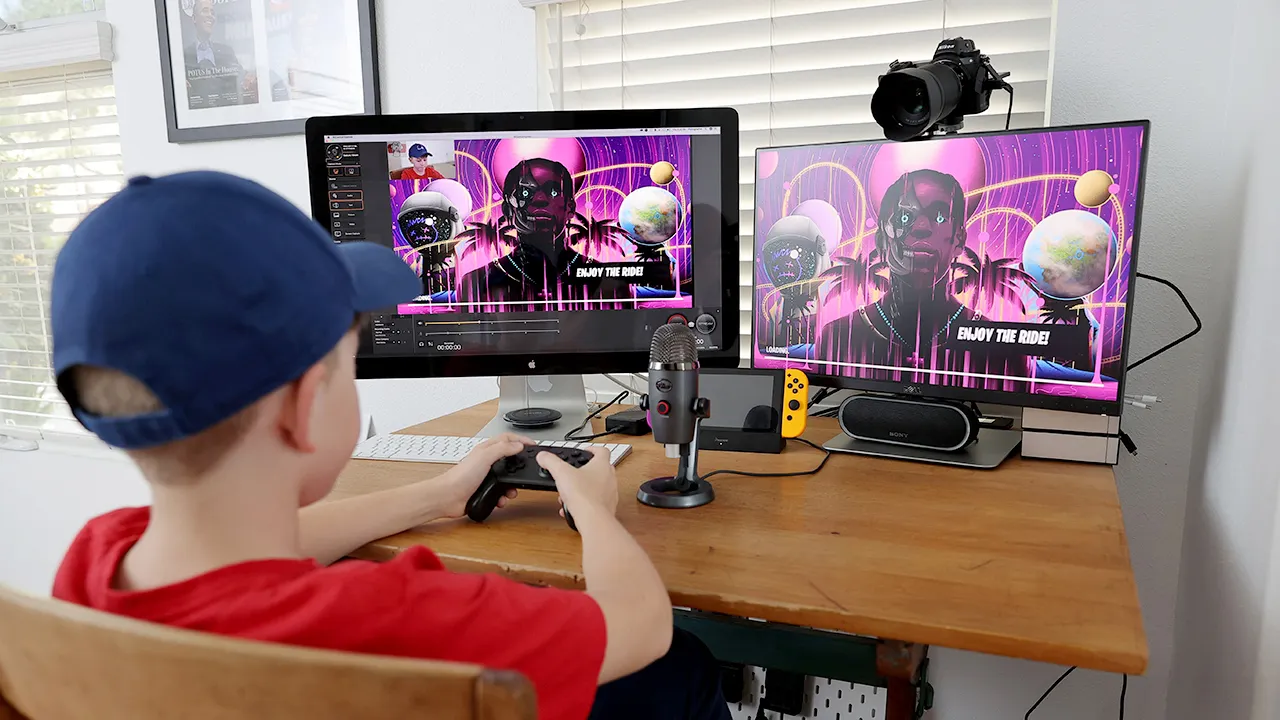Copyright e27

We’ve grown used to AI as a helper. It drafts our emails, summarises documents, gives us copy suggestions, and generates images on demand. But there’s a new chapter unfolding, and it’s not just about helping. It’s about doing. Agentic AI, or AI that can act autonomously to complete tasks or make decisions, is stepping out of theory and into practice. And if we’re being honest, it’s both thrilling and unsettling. To me, agentic AI is what happens when tools become teammates. Tools that don’t wait for instructions, but take initiative. And that shift changes everything. I’ve been watching the rise of AI agents closely particularly in the context of how we manage workflows and operations across businesses. The promise is tempting. Imagine an AI agent that monitors your inbox, auto-replies based on sentiment, schedules meetings, follows up with leads, updates your CRM, and maybe even generates a quick project plan if it detects a new request. All without you ever touching a keyboard. Sounds like magic. And in a small business where time is everything, it is magical, in theory. But here is the tension. Handing over decisions, even micro ones, means handing over control. And that does not sit lightly with me. One use case that’s been particularly compelling and mildly terrifying is customer support automation. I have seen early versions of agentic chatbots that don’t just answer queries but proactively solve problems by escalating tickets, issuing refunds, or rebooking appointments on their own. Done right, this could create instant, frictionless experiences that customers love. Done poorly, and you risk misfires that damage loyalty or create new bottlenecks. What excites me is how agentic AI could finally close the gap between insight and execution. We often have dashboards full of data, sales trends, ad performance, churn indicators, but acting on that data still takes time and coordination. With agentic systems, an underperforming ad campaign could be paused and rewritten automatically. A delayed delivery could trigger a customer apology email and an internal flag, all without human intervention. That could fundamentally change how lean teams operate. You are no longer hiring for every task but instead you are orchestrating systems. You are not just managing people but managing agents. But this brings up questions we’re only beginning to answer. What happens to accountability when an AI makes a bad call? Who’s responsible if an agent escalates an issue inappropriately or offends a customer? How do you train not just for accuracy, but for judgment? Culturally, this also shifts how teams think about ownership. If your work is being done in part by agents, does your role become more about oversight than execution? And what does that mean for motivation, growth, or even job satisfaction? I think agentic AI will force us to reimagine roles, not just workflows. Marketers will become orchestrators of narrative systems. Customer service reps may evolve into agent supervisors. Even leadership might shift from directive to architectural, building the right checks, rules, and values into systems rather than directing every move. But we have to move carefully. Autonomy without alignment is dangerous. Agentic systems need to be taught not just to act, but to act in context, guided by purpose, values, and clarity around when not to intervene. I don’t think we’re fully ready yet. But we’re getting close. And for small teams like mine, the potential to scale capacity without scaling burnout is real. We just need to make sure we are designing with discernment, not just speed. The question I’m sitting with is this. How do we keep our work human, even when we’re no longer the ones doing it? Because once our tools start acting, we’re not just using AI anymore but we are sharing the driver’s seat. Editor’s note: e27 aims to foster thought leadership by publishing views from the community. Share your opinion by submitting an article, video, podcast, or infographic. Enjoyed this read? Don’t miss out on the next insight. Join our WhatsApp channel for real-time drops. Image courtesy: DALL-E



